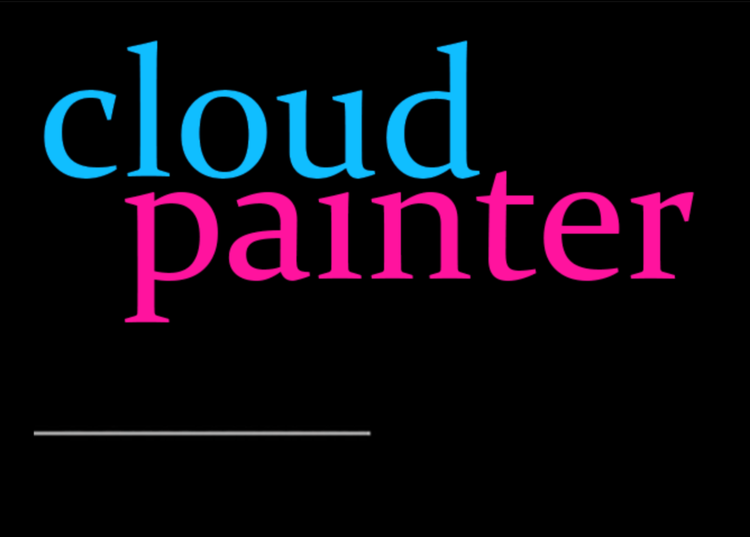Seeing lots of really cool filters on my friend's photos recently, especially from people using the prisma app. Below is an example of such a photo and one of the favorites that I have seen.
The filters being applied to these photos are obviously a lot more than adjusting levels and contrast, but what exactly are they? While I can not say for sure what prisma is using, a recently released research paper by Google scientists gives a lot of insight into what may be happening.
The paper, titled A Learned Representation for Artistic Style and written by Vincent Dumoulin, Jonatha Shlens, and Manjunath Kudlar of Google Brain, details the work of multiple research teams in the quest to achieve the perfect pastiche. No worries if you don't know what a pastiche is, I didn't either until I read the paper. Well I knew what one was, I just didn't know what they were called. So a pastiche is an image where an artist tries to represent something in the style of another artist. Here are several examples that the researchers provide.
In the above image you can see how the researchers have attempted to render three photographs in the style of Lichtenstein, Rouaul, Monet, Munch, and Van Gogh. The effects are pretty dramatic. Each pastiche looks remarkably like both source images. One of the coolest things about the research paper is that it contains the detailed replicate-able process so that you too can create your own pastiche producing software. While photo editing apps like prisma seam to be doing a little more than just a single pastiche, my gut tells me that this process or something similar is behind much of what they are doing and how they are doing it so well.
So looking at the artificial creativity behind these pastiches, I like to ponder the bigger question. How close are we to a digital artist? I always ask this 'cause that is what I am trying to create.
Well, as cool and cutting edge as these pastiches are, they are still just filters of photos. And even though this is the state of the art coming out of Google Brain, they are not even true pastiches yet. While they do a good job of transferring color and texture, they don't really capture the style of the artist. You wouldn't look at any of the pastiches in the second column above and think that Lichtenstein actually did them. They share color, contrast, and texture, but thats about it. Or look more closely at these pastiches made from Edvard Munch's The Scream (top left).
While the colors and textures of the imitative works are spot on, the Golden Gate Bridge looks nothing like the abstracted bridge in The Scream. Furthermore, the two portraits have none of the distortion found in the face of the central figure of the painting. These will only be true pastiches when these abstract elements are captured alongside the color, texture, and contrast. The style and process behind producing these pastiches seam to be getting lost in the abstraction layer.
How do we imitate abstraction. No one knows yet, but there are a lot of us working on the problem and as of November 1, 2016 this is some of the best work being done on the problem.



